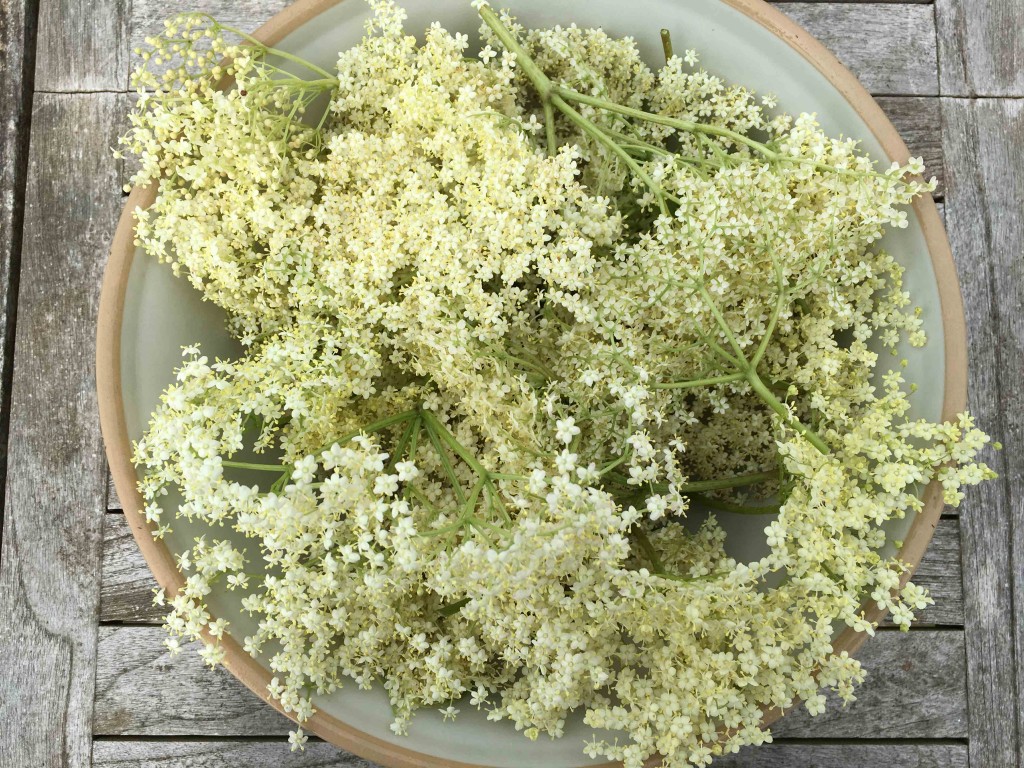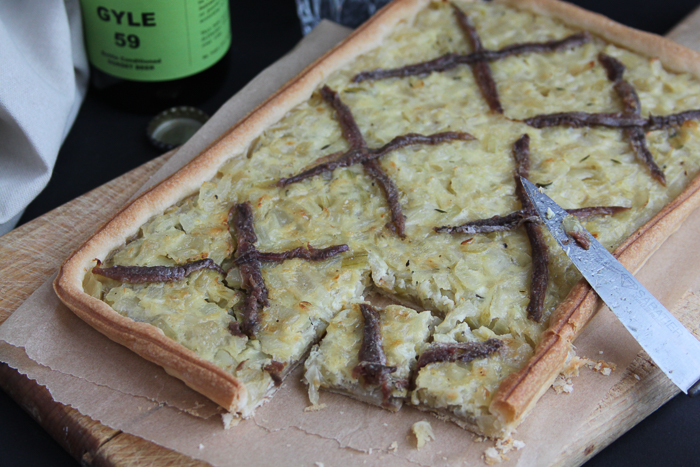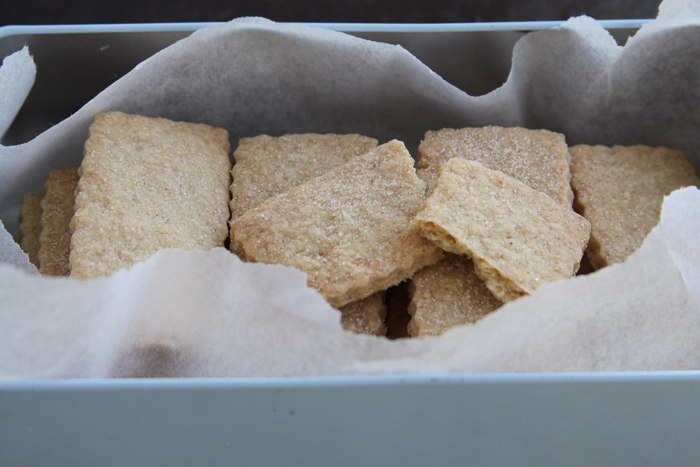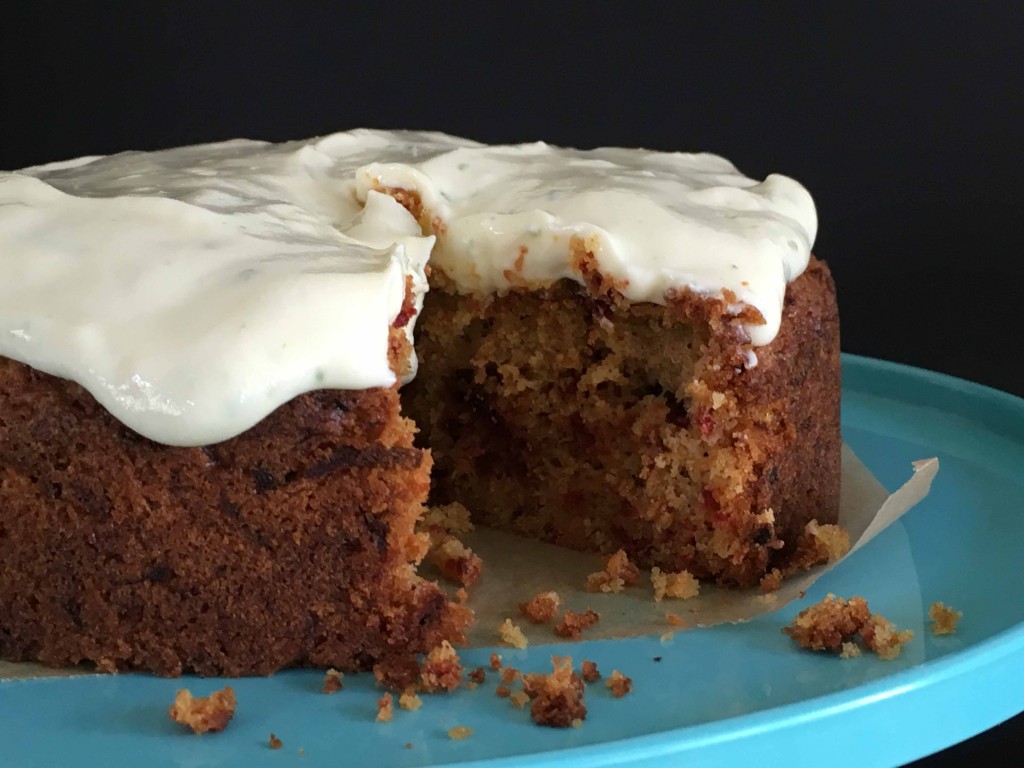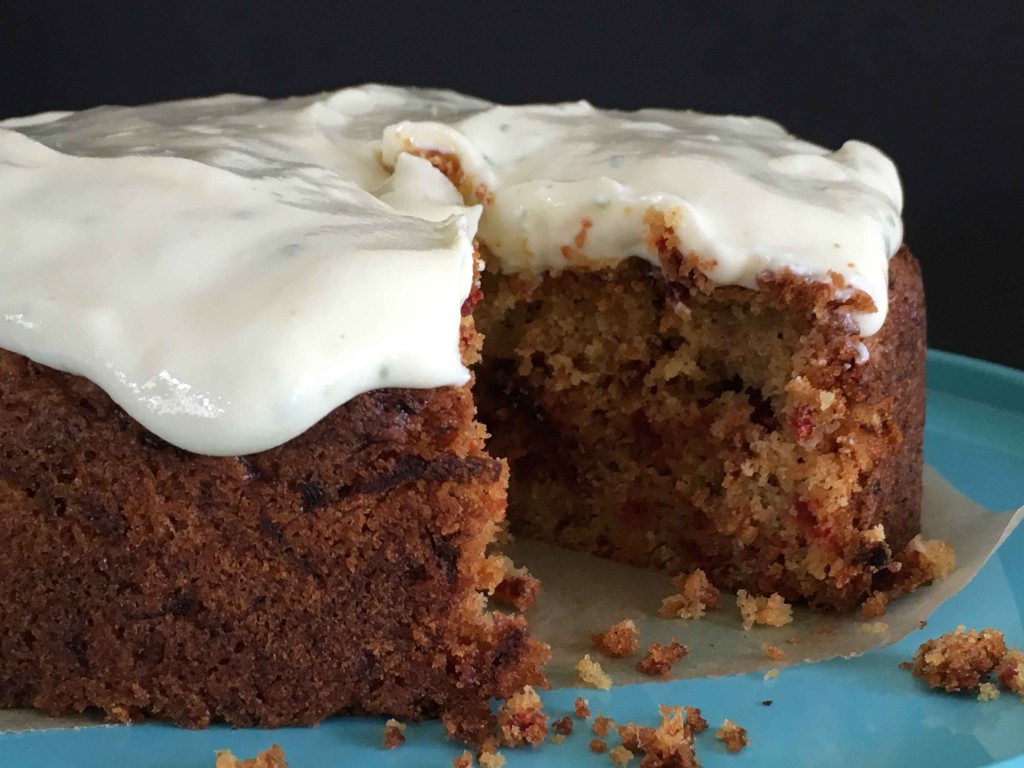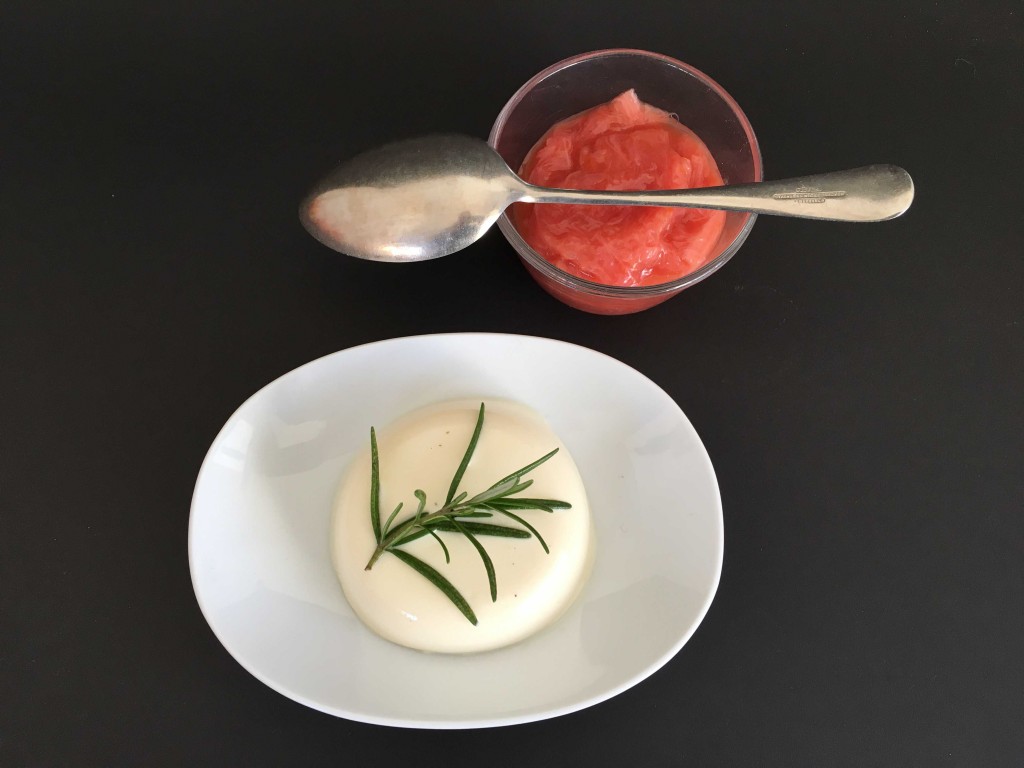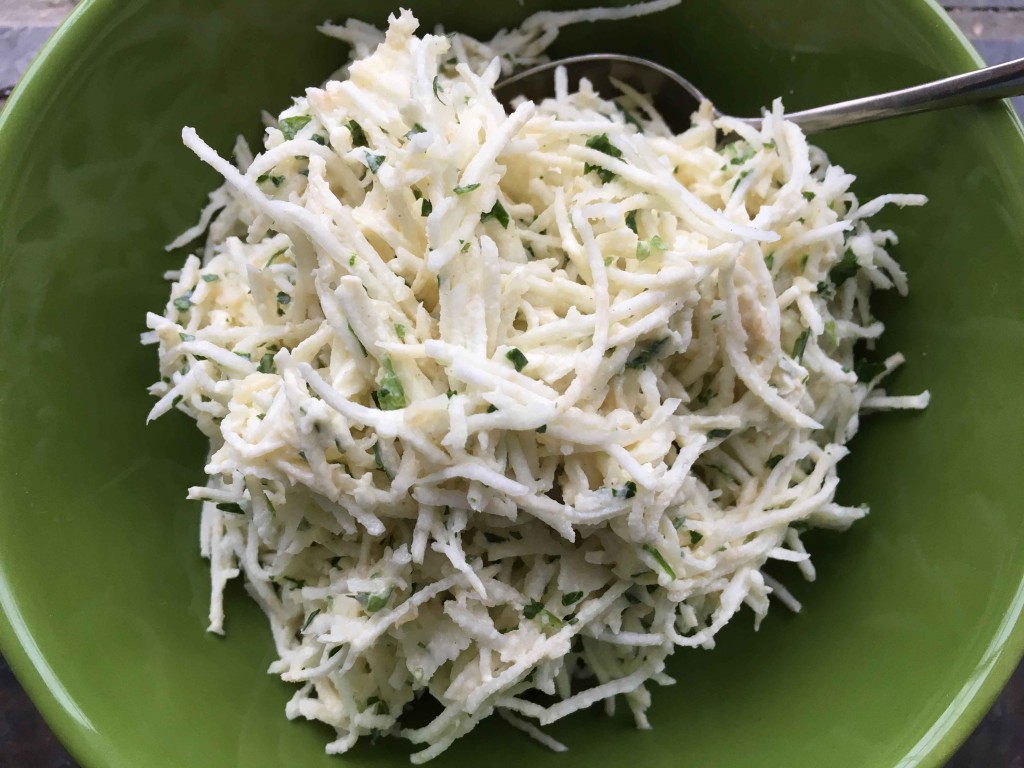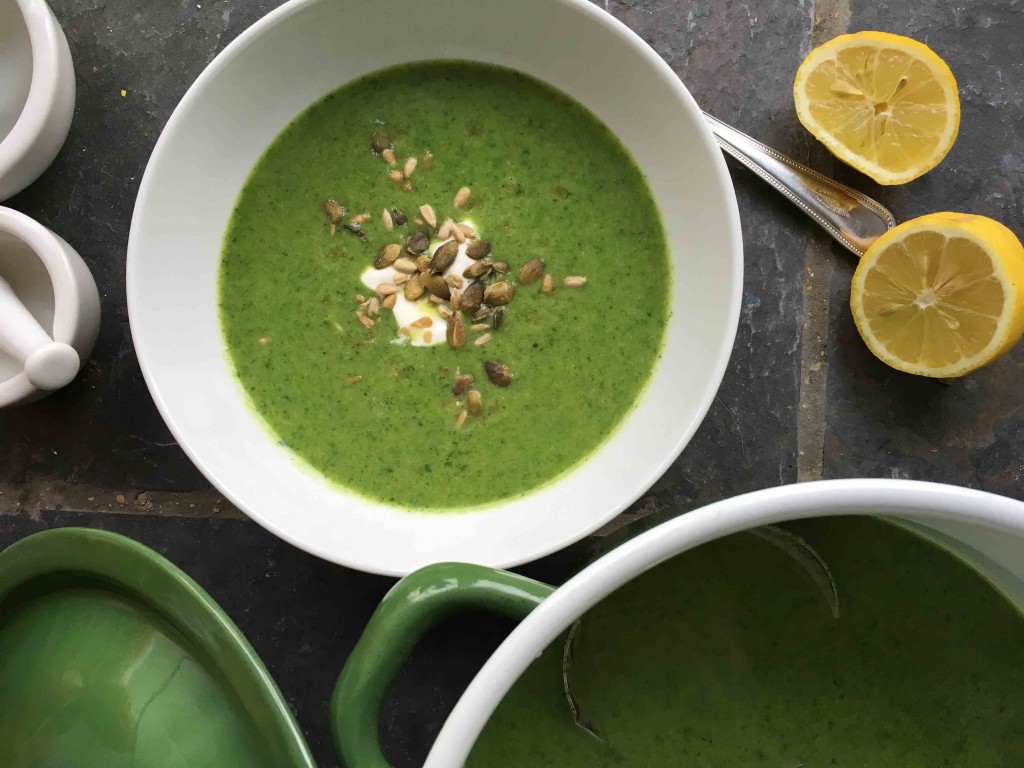My Granny had a kitchen garden, a big old walled space which I thought was heaven. I adored it and spent hours there as a child wandering between the rows of vegetables, marvelling at the artichokes taller than me, rubbing my fingers on the fennel fronds to release their aniseed scent. Inspecting the asparagus, picking baskets of peas and snacking on apples and pears when the mood took me. It has always been a deep held wish to have such a garden and we moved house last year we were lucky enough to find one tucked away. Overgrown and wild it was but the bones were there nonetheless and I had visions of recreating my Grandmothers remarkable garden. Ha! After a mass of reading and learning, a weekend of rotavating and what feels like endless weeding I have planted and planted. Seeds have been started off on the kitchen windowsill or in the green house or planted direct, seedlings bought where my own efforts have failed and donations of little vegetable plants and dahlias gratefully received.
I am delighted with it all and spend hours trying to keep up with the weeds (impossible) and planting various rows of salad leaves to follow on from the ones we are eating now (I believe that is what you do…). My battle with the slugs is another story altogether. It is considerably harder work than I anticipated but supremely rewarding. The first spear of asparagus, eating the first herby green salad with a variety of leaves all grown by us. There are three tiny plums on a new plum tree, pea pods, baby beetroots, courgettes and beans on their way.
The first fruit picked so far have been wild strawberries and some gooseberries which immediately went towards the fool in this pudding. With local strawberries winking at me and last weeks elderflower cordial to hand I decided to combine these flavours, the very essence of summer. The tang of the gooseberries along with the sweetness of the strawberries and floral hit of elderflower are a winning combination and a bit of scrunched up meringue adds texture.
Gooseberry, Strawberry and Elderflower Eton Mess
Of course you can just make the gooseberry fool to have on its own in which case I would use 4 tablespoons of sugar as you won’t have any added sweetness from the meringue. Taste the gooseberry puree before you add though and remember the later in the season the sweeter these berries will be.
400g gooseberries, topped and tailed
3 tablespoons golden caster sugar
300ml double cream
2 tablespoons elderflower cordial
1 punnet of strawberries halved or quartered depending on size
Meringue (as per the recipe for World Cup Meringue Cake, November 2013 but don’t bother with 3 layers, 1 will do or indeed individual meringues as you are going to break them up anyway).
Put the gooseberries in a pan with the sugar and 2 tablespoons of water and simmer gently until completely broken down. Leave to cool and then add 1 tablespoon of elderflower cordial. Put the cut strawberries into a bowl, add the other tablespoon of elderflower cordial, turn them gently and leave to macerate while you get on. Whip the cream until it just holds its shape and then fold into the gooseberry puree. Break up the meringues and then mix them with the gooseberry fool followed by the strawberries. This would fill six glasses similar to the ones you see here but I just filled four and we had seconds…..



